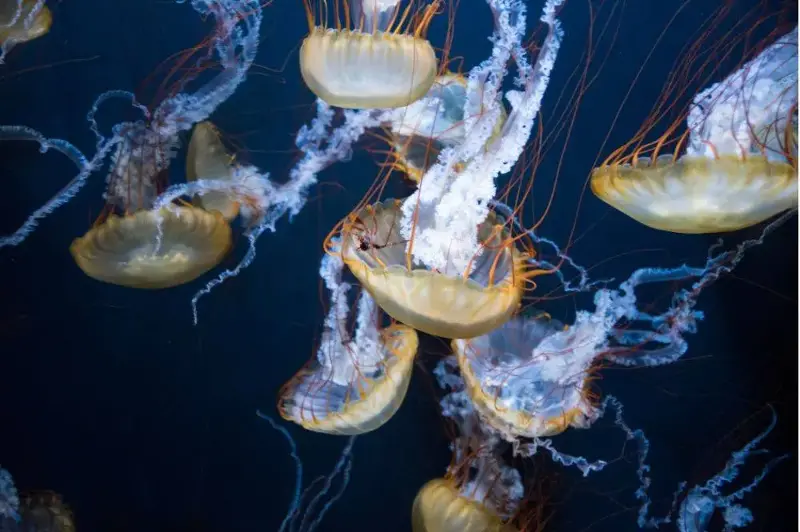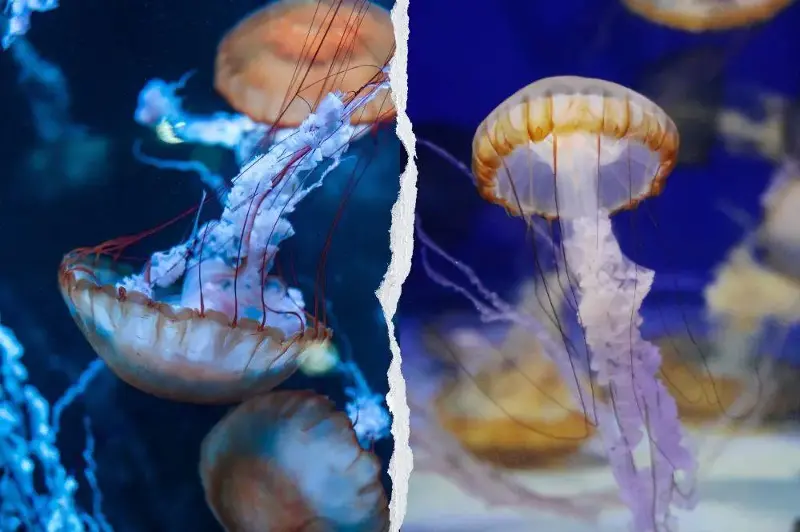
SHAH ALAM - Box jellyfish sightings in Malaysian waters have raised renewed concern following recent cases, including fatal stings and rising sighting reports along popular beaches.
Here is a breakdown of what these creatures are, their potential danger, where they are typically found in Malaysia and the incidents recorded in recent years.
What exactly is a box jellyfish?
Box jellyfish are a group of venomous jellyfish species known for their cube-shaped bodies and long, delicate tentacles.
They can be translucent and hard to detect in the water, making encounters especially dangerous. Their venom acts rapidly on the heart, nervous system and skin.
While some species cause only mild stings, the more potent varieties are capable of triggering cardiac arrest within minutes.
Globally, they are considered among the most venomous marine animals.
How dangerous is a box jellyfish sting?
Stings from highly venomous box jellyfish can be severe and life-threatening.
The venom can cause intense pain, respiratory distress, paralysis, shock and in extreme cases, death.
Local authorities continue to warn that rapid response is crucial whenever such stings occur, as symptoms can worsen quickly.
Where are box jellyfish typically found in Malaysia?
Box jellyfish have been spotted or recorded in several coastal regions, particularly in areas with active marine ecosystems or shallow tropical waters.

- Langkawi, Kedah
The Kedah Fisheries Department has confirmed the presence of box jellyfish in Langkawi waters, a popular tourist destination. The island is also where the most publicised sting incidents have taken place.
- Penang
Research teams have discovered juvenile box jellyfish (Morbakka species) breeding in the mangrove swamps around Balik Pulau, indicating that the species may be establishing a presence in Penang’s coastal ecosystem.
- Sabah
Marine researchers have identified several potentially dangerous box jellyfish species along Sabah’s coast, including the Chironex yamaguchii, a species known internationally for its potent venom.
- Lahad Datu, Sabah
A single-tentacle box jellyfish from the Carybdeidae family was spotted at night in the waters off Lahad Datu, further confirming that Sabah’s waters host multiple species of concern.
Past cases and statistics
Langkawi continued to record the highest number of jellyfish-related incidents in Malaysia, with 102 cases of jellyfish stings reported in its waters over the past three years.
These figures highlight both varying sting numbers and the importance of consistent monitoring along busy beaches.
The movement of box jellyfish into Langkawi waters is believed to be influenced by changing sea currents and the discharge of freshwater from heavy rainfall, which brings nutrients that attract jellyfish closer to shore.
The transition between the southwest and northeast monsoons is also a key period when their presence increases
This danger was highlighted in the case of a two-year-old Russian boy who was stung at Chenang Beach in Langkawi last Saturday.
He later passed away at Hospital Sultanah Bahiyah (HSB), despite medical treatment.
